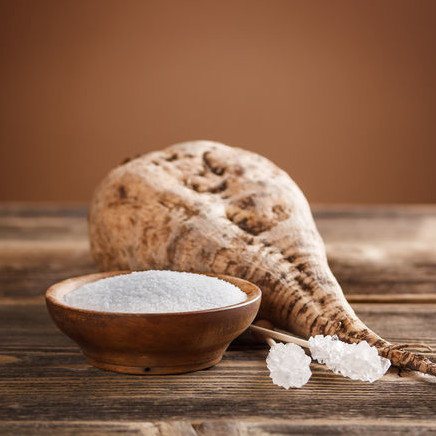The refining process of beet sugar vs cane sugar differs, affecting the final product’s characteristics.
The refining process of beet sugar vs cane sugar differs, affecting the final product’s characteristics.
Blog Article
Discovering the Distinctions in Uses and Benefits Between Beet Sugar Vs Cane Sugar
In the cooking world, the option between beet sugar and cane sugar is not just concerning sweetness yet entails a nuanced consideration of flavor, application, and impact. While both sugars come from various plants, each undertakes special manufacturing processes that subtly affect their characteristics and suitability for various dishes. As chefs and customers progressively prioritize both the ecological and flavor profiles of their active ingredients, comprehending these differences becomes important. This exploration provides understanding right into just how each sugar type can best improve cooking creations.
Origins and Manufacturing Processes of Beet and Cane Sugar

Walking cane sugar, on the various other hand, comes from the sugarcane plant, a tropical yard indigenous to Southeast Asia yet currently grown in exotic zones worldwide - beet sugar vs cane sugar. The manufacturing of cane sugar starts with the harvesting of cane stalks, which are squashed to release the juice.

Nutritional Content and Wellness Considerations

When contrasting the nutritional content of beet sugar and cane sugar, it ends up being evident that both types essentially provide the very same calorie values, with about 16 calories per tsp and no substantial nutrient variety. Each is composed practically completely of sucrose, which is a simple carbohydrate that supplies quick power however does not have vitamins, minerals, or fiber. This resemblance extends to their influence on health and wellness, particularly worrying blood glucose levels. Both sugars, when eaten over, can add to elevated blood glucose degrees, a threat aspect for diabetes mellitus and various other metabolic problems. Additionally, too much intake can cause weight gain and oral issues, as both sugars are similarly cariogenic, advertising dental cavity. From a health perspective, regulating intake of any type of kind of sugar, whether from beet or cane, is great site advisable to prevent these possible unfavorable results on wellness. Thus, neither holds an unique benefit over the various other in regards to health and wellness advantages.
Taste Accounts and Culinary Applications
Regardless of their comparable chemical frameworks, beet sugar and cane sugar vary subtly in flavor, which can affect their usage in numerous cooking contexts. Cane sugar commonly carries a hint of molasses, also in its polished kind, providing a warm, caramel-like undertone that improves baked goods, coffee, and chocolate-based recipes. On the various other hand, beet sugar is characterized by its very refined, neutral taste, making it a versatile sugar that does not modify the taste accounts of dishes.
Environmental Effect and Sustainability
While both beet and cane sugars are derived from plants, their ecological influences vary dramatically because of the distinctive techniques of farming and handling needed for each. Sugar beet growing typically entails extensive automation, which can increase nonrenewable fuel source intake and carbon discharges. Nonetheless, beets can be grown in cooler environments and require much less Homepage irrigation, possibly minimizing water usage contrasted to sugarcane. Sugarcane, on the other hand, is usually expanded in tropical areas have a peek at this website where it counts heavily on watering and a longer growing period, raising its water impact.
Moreover, the processing of sugarcane often creates a considerable quantity of waste, including bagasse, which, although functional as biofuel, frequently adds to air pollution if burned inefficiently. Sugar beet processing uses more of the raw products, resulting in less waste. Both sectors face difficulties in minimizing their environmental footprints, however continuous advancements in agricultural methods and waste management are aiming to enhance sustainability.
Economic Factors Affecting the Sugar Sector
The economic dynamics of the sugar sector are significantly influenced by global market demands and profession policies. In areas where sugarcane or sugar beet production is subsidized, manufacturers might have an economic advantage that enables them to offer reduced costs on the worldwide market.
Additionally, changes in global need for sugar, influenced by dietary patterns and industrial usage in food, straight impact rates and manufacturing degrees. beet sugar vs cane sugar. Climate condition likewise play a pivotal duty, as they can considerably affect plant yields and, consequently, the supply chain. This irregularity introduces a degree of economic uncertainty that can result in financial investment volatility in sugar manufacturing industries, affecting decisions from growing to market strategy
Conclusion
Finally, both beet and cane sugar have distinct top qualities that match various cooking requirements. While cane sugar imparts an abundant flavor suitable for boosting baked products, beet sugar's neutrality is best for lighter meals. Nutritional similarities notwithstanding, their unique production processes and ecological effects include intricacy to the selection in between them. Thus, comprehending these distinctions assists cooks and consumers make notified decisions that align with their health, cooking, and honest choices.
Report this page